A three-step approach to lift sow parity numbers
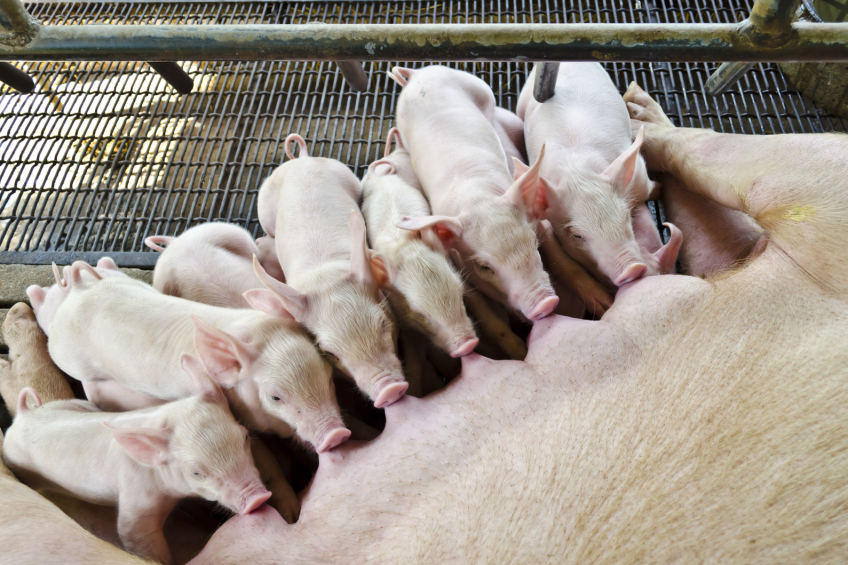
In the United States, Zinpro, DSM and Purina have teamed up to form the Feeding for 30 programme. Together they hope to help increase the number of piglets weaned per sow per year. One major tool to help US producers get there is to achieve better performance with one sow.
As with any business, the longer an employee stays on staff, the more he or she contributes to the team. Generating profit takes time.
The same is true at swine operations. On average, it takes a sow 3-4 parities before she reaches her breakeven point. With this in mind, a target for success is an average of 5.5 parities per sow. Profit can be found in balanced parity numbers.
Industry experts recently came together to look into this topic as part of the Feeding for 30 programme. Included in the group were: Brenda de Rodas, PhD, director of swine research at the Purina Animal Nutrition Center; Zach Rambo, PhD, swine research nutritionist for Zinpro Corporation; and Jon Bergstrom, PhD, senior technical support manager for DSM Nutritional Products.
The three nutritionists described sow longevity and its importance in three principal aspects: the current state of the industry, the reasons for potential problems, and management and nutritional considerations for successfully improving the longevity and profitability of sows.
Step 1: Determining the current state of the industry
The first step toward improvement is setting a benchmark of current status and comparing that benchmark to an ideal goal. When comparing targets with current standings, the researchers saw room for growth. For instance, the PIC target for sow removal in the US is 5.5 parities; however, PIC data shows the best in the business are culling sows at an average of 4.5 parities. On the same note, a recommended target for culling is fewer than 44% annually, but many farms consistently have a culling rate above 45%.
Keeping sows until they reach parities 5-6 can be financially beneficial because it strengthens the parity structure. Keeping the voluntary culling of sows at less than 30% helps the average sow produce 5 to 6 litters. By combining this performance with an incoming flow of healthy young gilts, producers can achieve an average herd parity of 3.5 and greater profitability.
“The most profitable parity structure has a balance of sows in each age group,” De Rodas says. “By focusing on all ages of sows, we have a stronger balance of: young gilts who represent new genetics; sows in parities 3-4 who are producing large, strong litters; and higher parity sows who then have the option to be culled based on performance.”
Bergstrom agrees with the goal of having an average herd parity of 3.5, and points to research showing the industry has not yet reached this target.
“Even the top 25% of US farms are only at an average herd parity of 3,” he says. “Many farms are below an average of 3. These sows are not even reaching their breakeven point before being culled.”
Rambo says these early exits can be a financial burden because of the capital required to produce gilts.
“We’ve invested a lot of resources into our early parity sows and we’re losing a lot of them when they are too young,” he says. “When we’re culling young gilts and sows, not only are they not achieving 30 pigs per year, they are not even reaching 30 pigs in their lifetime.”
Step 2: Understanding the cause
After determining the gap between potential and performance, the nutritionists present information on the reasons for culling. They divide culled sows into two groups: voluntary and involuntary.
“Voluntary culls represent the sows that are culled based on age or poor performance due to advancing age. These are decisions that we are able to make for the good of the herd,” Rambo says. “On the other hand, involuntary culls represent culls that must be made, such as failure to breed or a sow found lame. These are often sows that had the potential to stay in the herd longer.”
Data from the US National Animal Health Monitoring Service (NAHMS), in Figure 1, shows more than half of all culled sows leave the herd involuntarily (reproduction, lameness, injury and other). Just 13% of sows are culled for performance, and fewer than 40% are culled based on age.
Recognising lameness as a top culprit for involuntary culling, researchers have looked further into the problem. A survey of Midwest US sow herds showed that 19% of gilts are culled for lameness at parity 0 (before they even farrow a litter), and an additional 29% of sows are culled for lameness in parity 1.
“That means, by the time you breed for parity 2, lameness has already claimed nearly half of your breeding age animals,” Rambo says.
“If we can keep these gilts and young sows healthy and in the herd, we have the opportunity to cull sows based on performance or age,” he adds. “Having a bigger pool of sows to choose from when culling will help improve the productivity of the herd.”
Step 3: Mapping the solution
The three nutritionists agree that nutrition plays a significant role in achieving greater sow longevity and the goal of a balanced herd parity structure. As sows grow older, their nutritional requirements change.
To start, P1 and P7+ sows consume less feed than P2-P6 sows during lactation, as shown by research at the Purina Animal Nutrition Center in Figure 2.
“In our study of 2,267 sows, the gilts (parity 1), consistently had the lowest feed intake. The problem of lower feed intake with first parity sows is accentuated because they are still growing and may have low body stores of nutrients,” says De Rodas. “Parities 3 and 4 were the sows with the highest feed intake. The parity 7+ sows were the second lowest in feed intake during lactation.”
This drop in feed consumption as sows age can mean that older parity sows do not receive the nutrients they require, unless rations are adjusted.
When adjusting individual rations, the group encourages producers to evaluate average daily feed intake (ADFI), vitamins and minerals.
ADFI
The more the sow eats pre-farrowing and in lactation, the better potential she has to thrive through lactation, rebreed and stay in the herd longer. De Rodas recommends supplementing lactation rations with Purina Push sow feed in lactation and Purina True Appetizer during warm weather to maintain feed intake.
In research trials, supplementing a ration with Push sow feed resulted in an additional 0.54 pounds ADFI in lactation. A similar trial showed a reduction of 34% in average non-productive days for the sow.
Vitamins and minerals
Bergstrom says higher parity sows are often limit-fed based on energy alone during gestation. When the older sows are eating less feed in order to manage their body condition, they are also consuming fewer vitamins and minerals per unit of metabolic bodyweight when compared to younger, lighter sows. This can lead to an inadequate consumption of the micronutrients necessary for achieving optimal health and performance.
Research shared by DSM using PIC data showed that third parity sows consume approximately 27% fewer vitamins and minerals per unit of bodyweight, and parity 5 sows consume up to 43% fewer vitamins and minerals than parity 1 sows.
“By adjusting rations based on parity, focusing on increased feed intake in lactation and feeding optimal levels of vitamins and minerals based on age, bodyweight and intake, we can help sows stay in the herd longer,” says Bergstrom. “Feeding sows based on individual needs can help keep sows in the herd longer, helping to maintain a balanced parity structure.”
References available on request.
For more information on sow nutrition and management, visit www.feedingfor30.com or like Feeding for 30 on Facebook.
 Beheer
Beheer

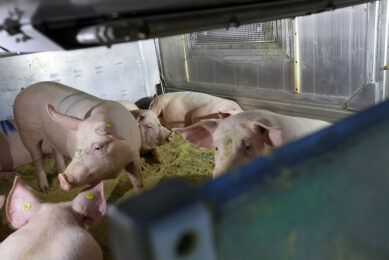
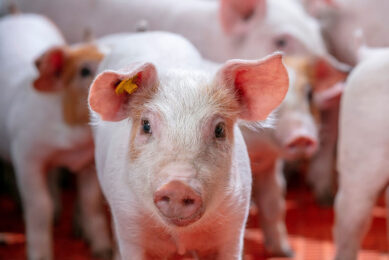
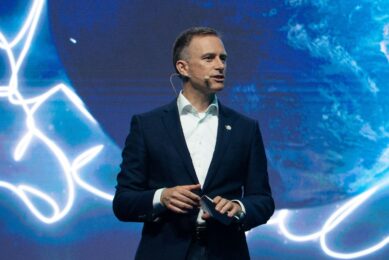
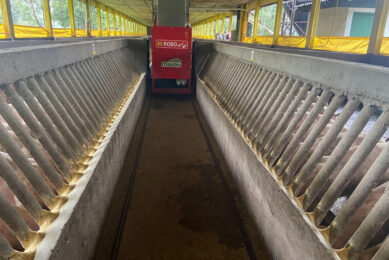



 WP Admin
WP Admin  Bewerk bericht
Bewerk bericht